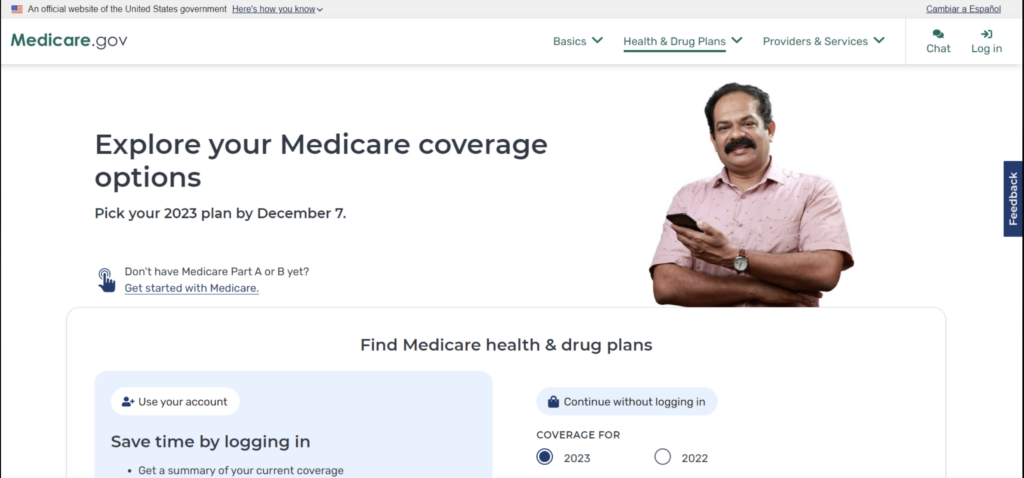$35 cap on seniors’ monthly insulin costs isn’t reflected in online ‘plan finder’ that is used by Medicare members to choose a plan

By Susan Jaffe
Kaiser Health News
A big cut in prescription drug prices for some Medicare beneficiaries kicks in next year, but finding those savings isn’t easy.
Officials say the problem affects only 2023 plans.
To fix anticipated enrollment mistakes, Medicare officials will give beneficiaries who use insulin a chance to switch plans next year. They can make one change after Dec. 8 and throughout 2023 through a special enrollment period for “exceptional circumstances.” Typically, people are locked in for an entire year.
The Centers for Medicare & Medicaid Services provided initial details of the opportunity in a document distributed to the State Health Insurance Assistance Program, or SHIP, which assists Medicare enrollees in every state. Although Medicare did not publicize the document, beneficiaries can get more information by contacting their local SHIP office. CMS officials would not answer questions about whether the ability to change plans will be granted automatically.
State counselors and contractors such as regional Aging and Independent Living councils “are advising Medicare beneficiaries as they call in that while the cost is currently not reflective, they will see a decrease in their insulin costs effective January 2023,” Kentucky health cabinet spokeswoman Susan Dunlap said. “A handout was created and shared with all SHIP counselors to educate the public on this.”
Medicare patients spent $1 billion in 2020 on insulin products — four times the amount in 2007, with some paying as much as $116 a month out-of-pocket, KFF has found. Americans paid an average of five to 10 times as much for insulin in 2018 than in other countries, according to a recent study. About 3.3 million people with Medicare rely on one or more insulin products to control blood sugar levels.
The $35 copay for injectable insulin products takes effect Jan. 1, and July 1 for patients who use an insulin pump.
When beneficiaries who use insulin now check the plan finder, the price could show up as thousands of dollars a year instead of the maximum $420 stipulated by law. An inaccurate price could also distort the costs of other drugs, which depend on what coverage phase patients reach. For example, once both the plan and the patient spend a total of $4,660 for all drugs next year, the member pays no more than 25% of the cost for non-insulin drugs.
It’s extremely difficult for consumers to evaluate policy options without the plan finder. One plan might have the lowest price for one drug but not another. Or a plan might have the lowest premium but higher drug prices. Or a preferred pharmacy in one plan may be excluded in another.
The finder does display a warning: “This new $35 cap may not be reflected when you compare plans. You should talk to someone for help comparing plans.” It points readers to the Medicare help line — 800-633-4227 — or a counselor with SHIP.
Drug plans do not have to cover all injectable insulins, said Tatiana Fassieux, an education and training specialist at California Health Advocates. “It’s all about the formulary,” she added, referring to the list of drugs covered by a plan.